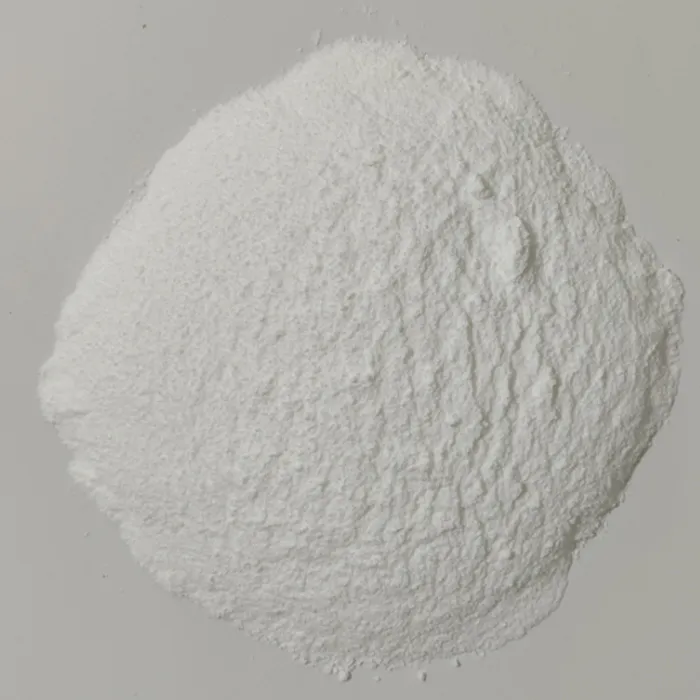The Remarkable Effects of Pyrroloquinoline Quinone A Promising Bioactive Compound
Pyrroloquinoline quinone (PQQ) is a fascinating small molecule that has garnered increasing attention in the fields of biochemistry and nutrition. It is a redox cofactor that plays a crucial role in various biological processes. Initially discovered as a cofactor in the enzymes of bacteria, PQQ has since been identified to have significant implications for human health, particularly in cellular energy metabolism, neuroprotection, and anti-aging effects.
What is Pyrroloquinoline Quinone?
PQQ is a quinone compound that can be found in numerous foods, including fermented soybeans, green tea, and certain fruits and vegetables. Structurally, it is similar to vitamin K and serves as a cofactor for various enzymes involved in the cellular metabolic processes. Its discovery has opened doors to understanding how small molecules can influence larger biological systems and support health at the cellular level.
Mechanisms of Action
One of the most compelling aspects of PQQ is its ability to support mitochondrial function. Mitochondria, often referred to as the powerhouses of the cell, are responsible for producing energy in the form of adenosine triphosphate (ATP). Research suggests that PQQ can stimulate the growth of new mitochondria, a process known as mitochondrial biogenesis. This is particularly significant as mitochondrial dysfunction is linked to a range of health issues, including neurodegenerative diseases, obesity, and diabetes.
Additionally, PQQ is noted for its antioxidant properties. It has the ability to scavenge free radicals and reduce oxidative stress, which is crucial for maintaining cellular health. Oxidative stress is a key factor in the aging process and various chronic diseases, and by mitigating its effects, PQQ offers potential protective benefits.
Neuroprotective Effects
The neuroprotective capabilities of PQQ have been an exciting area of research. Studies have indicated that PQQ may have a role in protecting brain cells from oxidative damage, which is critical in the context of aging and neurodegenerative diseases such as Alzheimer’s and Parkinson’s. PQQ has been shown to enhance cognitive function, improve memory retention, and even promote the growth of new neurons, contributing to overall brain health.
pyrroloquinoline quineone

One animal study demonstrated that dietary supplementation with PQQ improved spatial memory and cognitive function. These findings suggest that PQQ could be a valuable nutrient for enhancing brain agility and combating cognitive decline associated with aging.
Anti-Aging Potential
The anti-aging properties of PQQ extend beyond its effects on mitochondrial health and brain function. By promoting cellular renewal and reducing oxidative stress, PQQ has the potential to extend lifespan and support overall vitality. Its role in enhancing energy metabolism is particularly relevant in a world where sedentary lifestyles are prevalent.
Dietary Sources and Supplementation
While our bodies can synthesize PQQ in small amounts, it can also be obtained through diet. Foods such as kiwi, green peppers, and certain fermented products contain notable amounts of this compound. However, due to the relatively low concentration of PQQ in food sources, supplementation may be beneficial for those looking to experience its numerous health advantages.
PQQ supplements are available in various forms, often in combination with other beneficial nutrients such as CoQ10. Before considering supplementation, it is advisable to consult with a healthcare professional to ensure it aligns with one’s health needs and goals.
Conclusion
Pyrroloquinoline quinone is a potent bioactive compound with multifaceted benefits, including mitochondrial support, antioxidant properties, and neuroprotection. Its potential as a supplement to enhance overall health and longevity is supported by emerging research and offers exciting possibilities for the future of nutrition and health management. As scientists continue to explore this unique compound, it may well become a cornerstone of strategies aimed at promoting well-being and combating the aging process.

